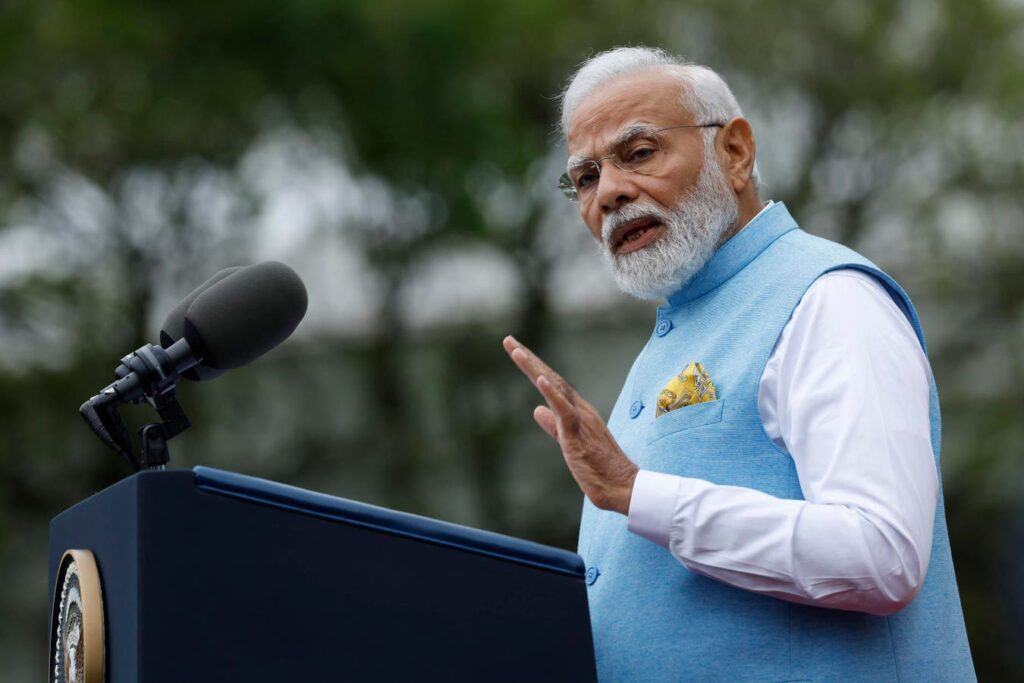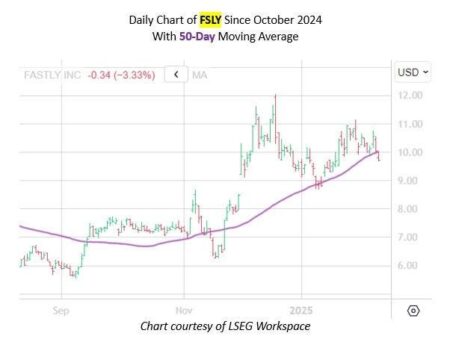India’s prime minister Narendra Modi has reiterated a pledge to more than double his country’s current renewable energy capacity to 500 gigawatts.
Speaking at the ongoing India Energy Week 2025 international conference in New Delhi, India on Tuesday, Modi said the success of the drive, and indeed his country’s wider ambitions would depend, or rather be rooted, on what he described as “key five pillars.”
The prime minister said these would include “resource availability, a skilled workforce, economic strength, political stability, and strategic geography.”
Modi described these as imperatives because not only were reliable sources of energy a necessity for India’s burgeoning economy but that the energy sector itself was part of Indian economic progress.
This journey included having moved from the world’s tenth-largest to being its fifth-largest in the space of a decade, and being tipped by many forecasters to be its third-largest by 2030.
Accompanying this economic growth was also India’s ascent to being the world’s third-largest solar power generator, its position as a nation accounting for over 25% of the world’s oil demand growth in 2025, and its fourth-largest refining hub.
Noting that traditional and renewable energy go hand in hand, Modi said India would not water down its sustainability agenda, and went to add that the country is also more than “well positioned” to achieve net zero emissions for its railways and produce 5 million metric tons of green hydrogen per year by 2030, alongside his longstanding pledge of 500 GW of green energy capacity.
He also noted that India remains on track to achieve its target of a 20% ethanol blend in its fuel mix by October 2025, contributing to a “significant” reduction in emissions and foreign exchange savings on traditional fuel imports.
All of these positive developments matter with the sum of them being quite profound both for India and the world, Modi noted further.
“Every expert of the world is saying that the 21st Century belongs to India. India is not only driving its own growth but also driving the world’s growth, and our energy sector plays a very big role in this.”
Modi further said that during India’s G20 presidency, the Global Biofuel Alliance was established and is continuously expanding. It currently involves 28 nations and 12 international organizations.
The prime minister said that the alliance is transforming waste into wealth and setting up centers of excellence in India and around the world.
However, Modi added that India is continuously working towards to fully exploring the potential of its hydrocarbon resources, with major discoveries and extensive expansion of natural gas infrastructure contributing to the growth of the gas sector, as well as increasing the share of natural gas in India’s energy mix.
Such pro-hydrocarbon exploration overtures are designed to reduce India’s reliance on the global crude market. Delhi currently services nearly 90% of its liquids demand via imports. It is also looking to improve its competitiveness as a regional refining hub carrying an ambition of raising its capacity by a further 20%, despite already being the world’s fourth-largest.
Read the full article here
















